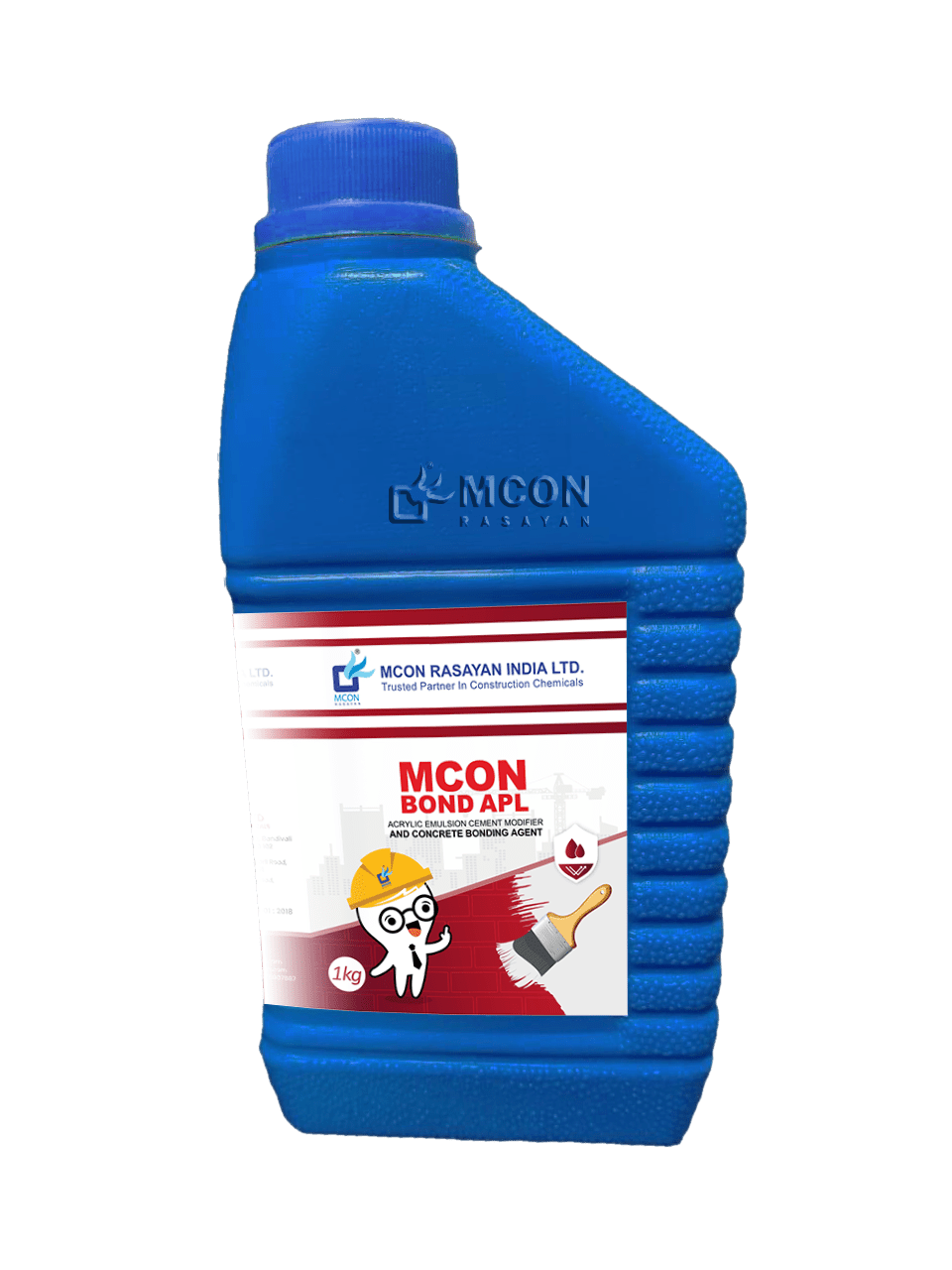Description
Areas of Application :-
- For concrete repairs – Spalled concrete of floors, columns, beams,
chajja, slabs, parapets, etc. - For waterproofing – Small roof terraces, sunken portions of toilets &
bathrooms, chajja & lift pits, balconies - As a bond coat – For bonding of new concrete to old concrete, masonry
stone work, plastering fixing of slip bricks, tiles, stones & marble
bedding. - For plastering on RCC Surface without hacking as a hacking aid.
- As external rendering – Weatherproof & frost resistant render.
- As bonding slurry coat for pinhole treatment on concrete surface.
